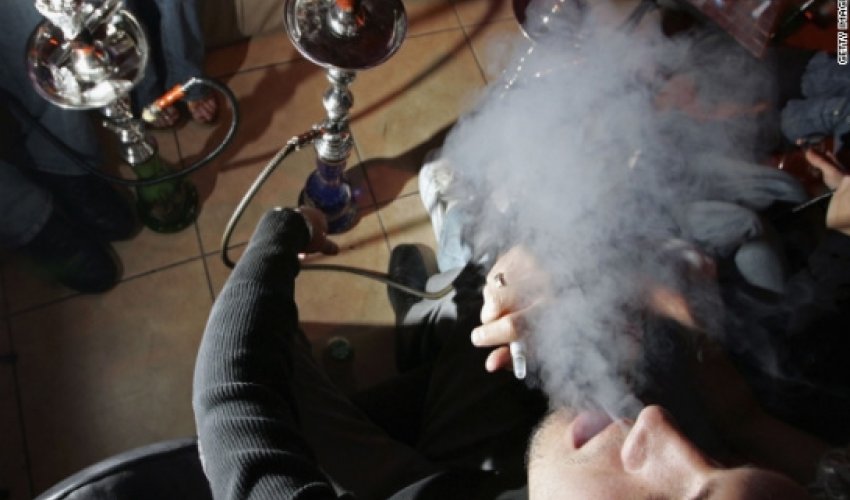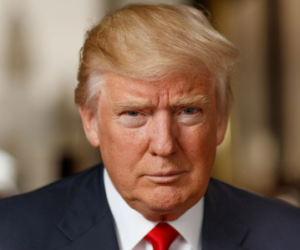Nearly 1 in 5 high school seniors have tried hookah

The United States may be winning the war on cigarettes. After decades of public service announcements about the dangers of smoking, fewer teens are lighting up.But if you ask young Americans about smoking tobacco through a hookah, also called a waterpipe or shisha, there's a good chance you won't find the same level of awareness."I've smoked hookah since college, and I can tell you, most of my friends think it's safer than cigarettes," said Bruce Kafil, an avid hookah smoker and the owner of Lotus hookah lounge in Los Angeles.A new study published Monday in the journal Pediatrics finds about 18% of high school seniors have tried hookah.Researchers used survey data taken between 2010 and 2012 from 5,540 high school seniors around the country. They found that teens of higher socioeconomic status -- those who had a weekly income or whose parents were well-educated -- were more likely to be hookah smokers.Hookah originated in the Persian Empire in the 16th century. Waterpipes burn charcoal, which then heats up tobacco and produces smoke. The fumes are cooled by bubbling through a water-filled chamber before being inhaled.Hookah smokers traditionally use tobacco without added flavoring. But mixing tobacco with flavors like green apple, coconut and even bubble gum is now all the rage. Appealing flavors mask the harsh nature of hookah tobacco and attract younger smokers, says Dr. Vinayak Prasad, senior adviser for the World Health Organization's Tobacco-Free Initiative.Kafil says there's a "cool" factor to hookah, and the fruit-scented smoke makes it hard to fathom dangerous consequences."I don't smoke cigarettes because I can't handle the terrible smell," Kafil said. "Hookah smoke is pleasant. Even the parents of college students who smoke (at the Lotus hookah lounge) are surprised at how nice it smells."The CDC says the drop in cigarette use is being offset by other forms of tobacco, including hookah, e-cigarettes and smokeless tobacco products.Between 2011 and 2012, hookah use rose from 4.1% to 5.4% among high school students, according to the CDC. Even middle school students are joining in; a 2013 CDC report says 1.3% of middle schoolers reported recent hookah use. And studies show around 40% of American college students have tried hookah.Hookah is a great way to socialize because several friends can share one pipe for hours, says Kafil."When I was in college, smoking at hookah lounges was a great option since none of my friends or I could drink at bars," he said.But experts say hookah can be just as dangerous as smoking cigarettes. Burning charcoal and tobacco means the smoke contains high levels of metals, carbon monoxide and cancer-causing chemicals, says Dr. Norman Edelman, senior medical adviser for the American Lung Association.Hookah users may be exposed to even higher concentrations of toxins than cigarette users -- because they inhale more deeply, puff more often, and tend to smoke for longer periods of time, according to the CDC. A typical hookah session lasts an hour and involves 200 puffs, while an average cigarette is only 20 puffs.Hookah users are exposed to significant amounts of addictive nicotine and cancer-causing toxins after just a single smoking session, according to a study published in the journal Cancer Epidemiology, Biomarkers, & Prevention in June.That study was the first of its kind to measure toxin levels in people smoking at hookah bars, rather than in an artificial environment like a laboratory, says Dr. Gideon St. Helen, lead author of the study and a researcher at the Center for Tobacco Control Research and Education at the University of California, San Francisco.Researchers measured levels of toxic substances in urine samples from hookah users before and after they smoked in hookah bars. The average time spent smoking a hookah was just over an hour for most participants."There was a 73-fold increase in nicotine levels and a substantial increase in cancer-causing compounds in the urine immediately after smoking," St. Helen said.In the United States, hookah bars are flourishing. In 2007, maybe 300 hookah bars were in business. Today, searching "hookah bar" on Yelp will yield you nearly 400 hits in Los Angeles, 500 in New York, and even 17 in Louisville, Kentucky.Despite anti-smoking legislation in more than 35 states, hookah bars continue to thrive because of loopholes and laws that exempt or don't specifically address waterpipes, says Thomas Carr, the director of national policy for the American Lung Association.Three-fourths of 100 U.S. major cities have laws banning cigarette smoking in bars -- but nearly 90% have loopholes that make it easy for hookah lounges to set up shop, according to a study published in the American Journal of Public Health in September 2012.Some areas in the United States, like San Francisco, have curbed the practice. Roughly 73 municipalities and some states across the country have specifically banned hookah, says Bronson Frick, associate director of Americans for Nonsmokers' Rights.The FDA also proposed new rules in April that would allow the agency to regulate the manufacturing and marketing of hookah and other tobacco products.(CNN)Bakudaily.az
Similar news
Similar news




































 Photo
Photo 



 Video
Video 

